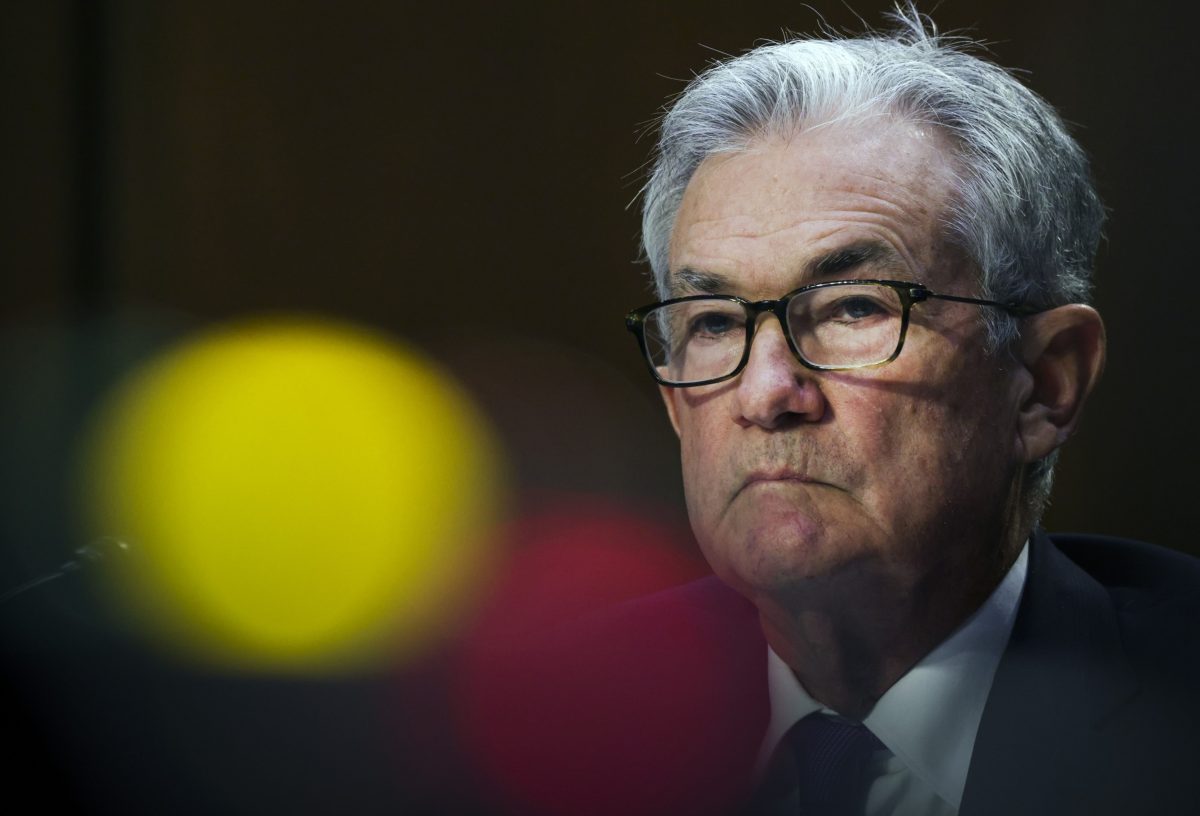Delaying the end of dollar LIBOR until mid-2023 may provide breathing room, but it doesn't remove the need for a legislative solution for contracts that will still be linked to the benchmark when it eventually expires.
That's the view of Tom Wipf, who heads the Federal Reserve-backed group responsible for guiding the shift away from the London interbank offered rate (LIBOR) in the United States. There may be hundreds of billions of dollars' worth of legacy contracts that lack a clear replacement rate and pose a threat to financial stability, meaning that policymakers still need to find answers.
"The most challenged floating-rate debt and securitizations, and also most LIBOR mortgages and student loans, go well beyond the 2023 date," said Wipf, who is chairman of the Alternative Reference Rates Committee and vice chairman of institutional securities at Morgan Stanley. "For these tough legacy products, there will still be a lot outstanding after that 18-month period."
Recommended For You
After years of steadfastly maintaining that the beleaguered LIBOR would be phased out by the end of 2021, regulators abruptly shift course on Monday, pushing back the timeline for abandoning some of the discredited benchmark's key tenors. While the delay should allow for many contracts tied to LIBOR to expire naturally, the need for legislation to ensure those that linger are dealt with remains "front and center," Wipf said in an interview Wednesday.
Officials have largely struggled to find a solution to the legacy-contract issue, which stretches across numerous markets. The ARRC has been lobbying New York state lawmakers since March for legislation that would impose a replacement benchmark—the Secured Overnight Financing Rate (SOFR)—on financial products that lack a viable fallback. While little headway was made initially, in October a bill was introduced in the state Senate. It likely won't be taken up by the legislature until the next session begins in January, at the earliest.
See also:
As part of Monday's announcement, U.S. regulators encouraged banks to cease entering into new LIBOR-linked contracts by the end of 2021. The Fed made clear that writing new LIBOR contracts beyond then would be seen as unsafe and unsound banking practice, and that the central bank would supervise firms that did accordingly.
Certain LIBOR-based instruments such as residential-mortgage backed securities that require unanimous investor consent to amend are among the most problematic to transition, and therefore the most in need of a legislative solution, according to Y. Daphne Coelho-Adam, counsel in the corporate finance group at law firm Seward & Kissel in New York.
"We're looking at very large portfolios that banks are probably holding," she said. "If you have a globally held note, it can be difficult to get 100 percent note-holder consent for even the most non-controversial amendments. When changing an interest rate, not every investor will necessarily be on board."
Despite the U.S. delay, plans to end the benchmark on time are proceeding as planned elsewhere. The IBA is consulting on retiring LIBOR settings for the euro, sterling, Swiss franc, and Japanese yen at the end of 2021.
—With assistance from Keshia Clukey.
© 2025 ALM Global, LLC, All Rights Reserved. Request academic re-use from www.copyright.com. All other uses, submit a request to [email protected]. For more information visit Asset & Logo Licensing.




